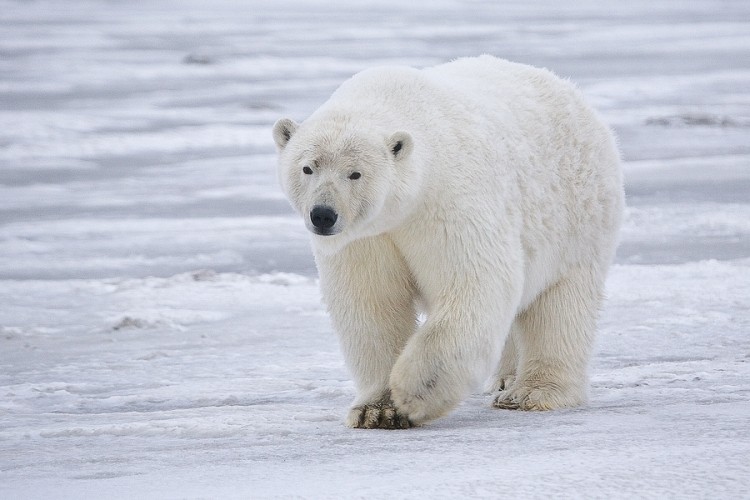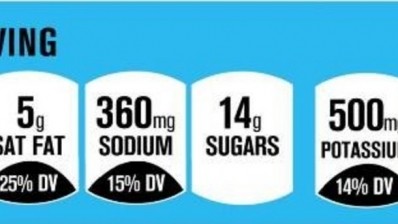Polar bear study of high-fat diet adaptations may provide human benefits

New research published in the journal Cell has begun to unravel the genetic clues as to why polar bears do not suffer from heart conditions in a similar way to other animals consuming fat-rich diets.
Led by Rasmus Nielsen of the University of California, Berkeley, the team noted that up to half of the body weight of polar bears consists of fat, and their blood cholesterol levels are high enough to cause cardiovascular disease in humans. As such, it has been a mystery how polar bears are able to cope with these major risk factors for heart disease.
But now the group has discovered that recent mutations in genes involved in cardiovascular function allowed polar bears to rapidly evolve the ability to consume a fatty diet without developing high rates of heart disease.
"Such a drastic genetic response to chronically elevated levels of fat and cholesterol in the diet has not previously been reported," explained Eske Willerslev of the University of Copenhagen. "It certainly encourages a move beyond the standard model organisms in our search for the underlying genetic causes of human cardiovascular diseases."
Human implications?
The genes pinpointed by the Cell study are related to fatty acid metabolism and cardiovascular function, and may explain the bear's ability to cope with a high-fat diet while avoiding fatty plaques in their arteries and the cardiovascular diseases that afflict humans with diets rich in fat, said the team.
Therefore the identification of these modified genes could provide insight into how to protect humans from the ill effects of a high-fat diet too.
"The promise of comparative genomics is that we learn how other organisms deal with conditions that we also are exposed to," said Nielsen. "For example, polar bears have adapted genetically to a high fat diet that many people now impose on themselves. If we learn a bit about the genes that allows them to deal with that, perhaps that will give us tools to modulate human physiology down the line."
Genetic changes affect fat metabolism
The genome comparison revealed that over several hundred thousand years, natural selection drove major changes in genes related to fat transport in the blood and fatty acid metabolism. One of the most strongly selected genes is APOB, which in mammals encodes the main protein in LDL (low density lipoprotein), known widely as "bad" cholesterol.
Changes or mutations in this gene reflect the critical nature of fat in the polar bear diet and the animal's need to deal with high blood levels of glucose and triglycerides, in particular cholesterol, which would be dangerous in humans.
Source: Cell
Volume 157, Issue 4, Pages 785–794, doi: 10.1016/j.cell.2014.03.054
"Population Genomics Reveal Recent Speciation and Rapid Evolutionary Adaptation in Polar Bears"
Authors: Shiping Liu, Eline D. Lorenzen, Matteo Fumagalli, et al





















